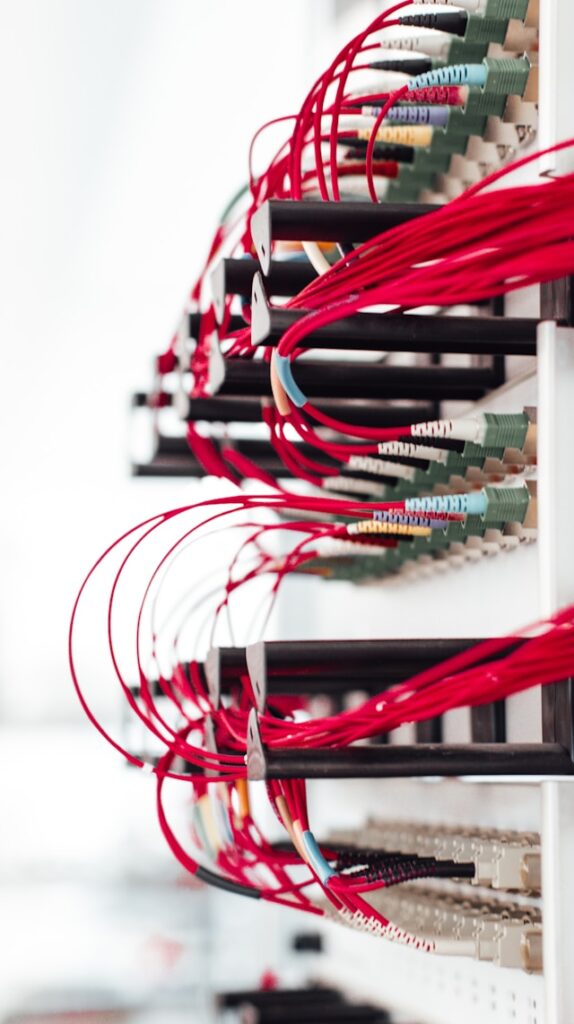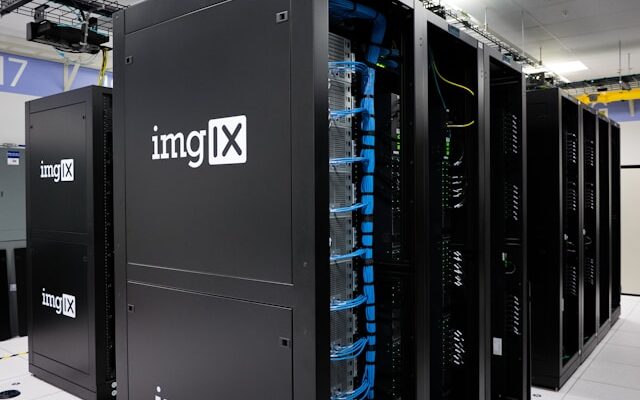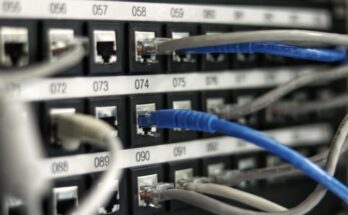In the digital-first world, the backbone of any successful business often rests on its data cabling infrastructure. This complex network of cables is what enables fast, efficient communication and data transfer across departments, locations, and even continents. Given its critical role, maintaining and upgrading this infrastructure becomes a priority to ensure business operations run smoothly and are future-proofed against evolving technological demands.
Understanding Your Data Cabling Infrastructure
Data cabling comes in various forms, including fibre optic and copper, each serving distinct purposes within an organisation. Fibre optic cables, for instance, are favoured for their high-speed data transmission over long distances, while copper cables are commonly used for shorter range data and voice communications. Knowing the specifics of your setup, what types of cables are used, where they run, and how they connect different parts of your business is the first step toward effective maintenance and upgrades.
Regular Maintenance Tips
Scheduled inspections can catch potential issues before they escalate into significant problems, ensuring your network remains operational and efficient. Part of this routine should include keeping cables and connectors clean and dust-free, as accumulated debris can lead to connectivity issues. Effective cable management prevents tangling and damage, while thorough documentation allows for quick troubleshooting when issues arise.

Signs You Need an Upgrade
Several indicators suggest it might be time for an upgrade. These include increased data transmission errors, slower network performance, and physical damage that’s beyond simple repairs. Also, if your business is expanding or the technology you’re currently using is becoming obsolete, an upgrade is necessary to support new applications, devices, and increased bandwidth requirements.
Planning Your Upgrade
Upgrading your data cabling infrastructure requires careful planning. Assess your current and future needs to select the right solutions that can scale with your business. Consider how upgrades will support not just today’s requirements but also future enterprise audio visual and video conferencing needs. Budgeting effectively and choosing the right provider for your data cabling installation are also critical steps in the planning process.
Implementing Upgrades with Minimal Disruption
To minimise disruption to your business operations, schedule upgrades during off-peak hours or weekends. A phased approach, upgrading one section of your network at a time, can help maintain operational continuity. After installation, thorough testing ensures the new components integrate seamlessly with your existing infrastructure and perform as expected.

Future-Proofing Your Cabling Infrastructure
Investing in scalable solutions prepares your business for future growth and technological advancements. Training staff on new technologies and best practices maximises the benefits of your upgraded system. Regularly reviewing your infrastructure allows you to anticipate and plan for future upgrades, keeping your business ahead of the curve.
Maintaining and upgrading your data cabling infrastructure is not merely about preventing downtime or slow performance; it’s about ensuring your business can adapt and thrive in an ever-changing digital landscape. Taking a proactive approach to infrastructure management is a strategic investment in your company’s future success.
For businesses looking at maintaining and upgrading their data cabling infrastructure, professional consultation can provide tailored advice and solutions. Ensuring your network is reliable, efficient, and ready to meet the demands of tomorrow starts with taking action today.




